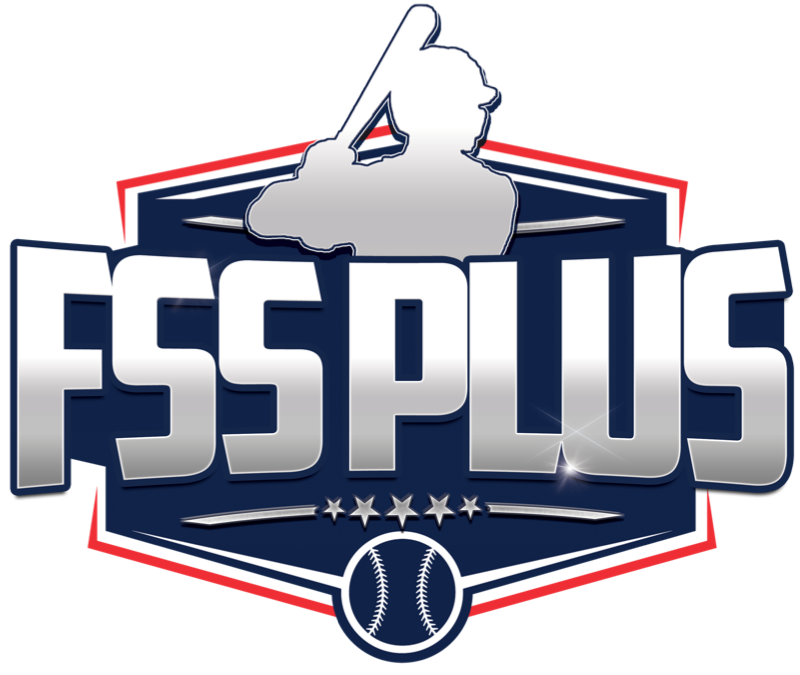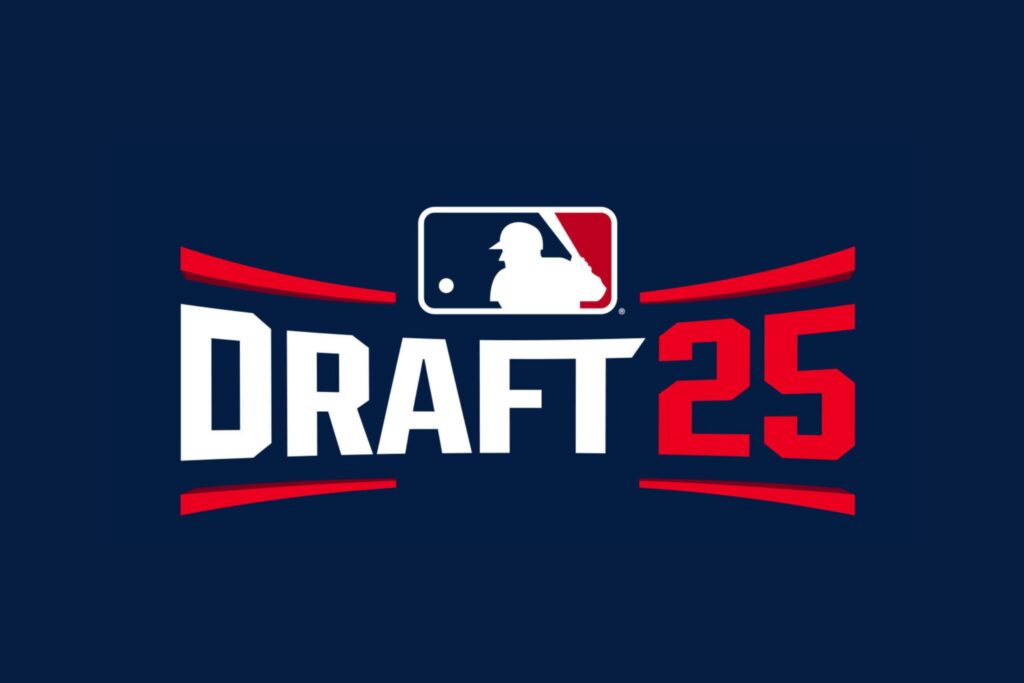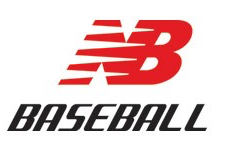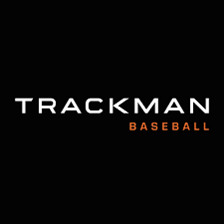The MLB Draft Combine was exactly what it was supposed to be: top-tier athletes, high-level prospects, and players with a clear pro future. For me, there are a couple of core purposes to this event.
First is the medical side and the broader showcase element -- a presentation to everyone watching the game, from fans to front office personnel. Baseball is the only major sport where, once players are drafted, they often disappear into the minor leagues for years. This isn’t the NBA, NFL, or even hockey. So, the Combine matters -- not just for evaluation, but for engagement.
It also gives clubs a chance to get players under the microscope -- both medically and in terms of how they carry themselves. Importantly, players benefit too. If they undergo the medicals -- pass or fail -- they’re guaranteed 75% of their bonus slot. That takes pressure off.
But as Scott Boras pointed out in The Athletic last week — a piece I was quoted in -- players don’t get to know how each club interprets those medicals. They just get the results. That creates a bit of a blind spot for players and families making tough decisions.
Once you get past the few players who separate themselves at the top -- and mind you, they aren’t always the best players in the class -- that’s when it gets fun. That’s when you start to see guys where you can really envision the role, the ceiling, the fit.
We had over 90 Future Stars Series players at the Combine, plus another 15–20 who didn’t make it due to College World Series commitments or injuries. So I focused primarily on the guys we knew, though others definitely made impressions, too. I settled on 24 players worth highlighting. Every one of them has a role.
Here’s how we do it in draft rooms: Name. Carrying tool. Comp. Simple. Let’s roll.












